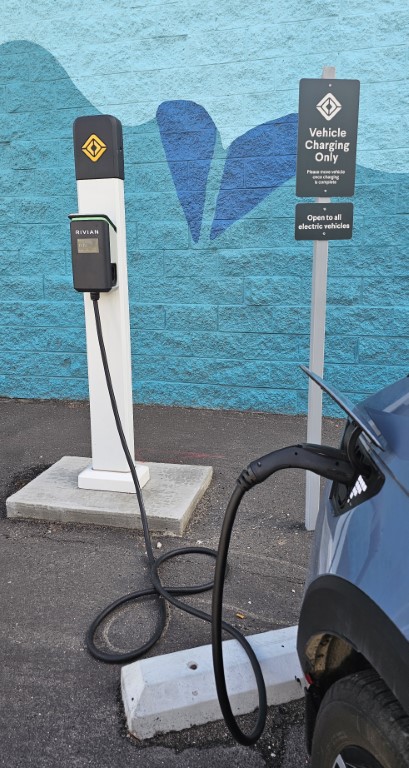The Department of Energy (DOE)’s Vehicle Technology Office (VTO) has accomplished progress in efficiency and performance of non-fossil fuel vehicle transportation, often working with small businesses and start-ups. Their projects range from battery storage increase and efficiency to public access to relevant research data.
One such project is Livewire Data Platform, a publicly accessible tool containing “data related to the impact of a variety of advanced technologies on transportation energy consumption. It also helps communities determine how they can plan for and encourage energy efficiency increases in transportation. If you are a mobility researcher, transportation planner, or otherwise engaged in the energy efficient mobility effort, you can use the Livewire Data Platform to access a variety of datasets to support your projects and inform community-level decision-making around new technologies. Some examples of how data can be used include:
- A researcher seeking to understand travel choice patterns, preferences, and decision-making processes with the advent of new mobility technologies may use our behavioral data.
- A modeler using the experimental and modeled data to validate traffic simulations.
- Someone seeking to understand vehicle attributes under different road and traffic conditions may use raw data from telematics devices installed on vehicles.”
Another VTO project is funding for “field validation of smart charge management (SCM) for EVs that can be deployed at large scale and of grid-edge technical measures for buildings, industry, and transportation that can be deployed at large scale….SCM is an approach that can shift and spread these (EV charging) loads to more desirable times for the grid. SCM also provides grid services such as peak load shaving, demand charge mitigation, voltage support, frequency regulation, (and) renewable generation integration.” One of the biggest complaints and concerns about wind and solar in particular is how to store it for times when it isn’t producing. Battery storage has some hurdles to overcome to assist in this, but spreading loads on the grid is another viable solution.


Public Access to EV Charging Stations (even in rural Colorad, where I took these photos)
These photos are a sight we’ll see more and more, provided the VTO is enabled to continue its work.
These are just a few of the projects about which I’ve received information from VTO. It’s encouraging to see practical projects that will help present solutions to some of our most pressing transportation energy use issues. Not only that, but being worked on in the United States, often by small companies, creating not just solutions, but jobs. All of this has happened within the Biden-Harris Administration. Quotations are from emails to me from VTO. All of their information is available to the public. Here’s a link to their website if you want more information on their latest research. https://www.energy.gov/eere/vehicles/vehicle-technologies-office
